Why Do Love Birds Fight Each Other? (3 Reasons Why!)
We’re reader-supported; we may earn a commission from links in this article.
Love birds can be loving, but they can be aggressive to the point of attacking each other!
As I was curious about why they do this, I did my online research and came up with a definitive answer!
Here’s what I found:
Love birds attack each other because they get territorial and agitated when in the same cage for too long. In many cases, lovebirds of the same gender, mistaken to be bonded, get territorial and attack each other. Attacks are most common among female lovebirds and Peach-faced Lovebirds.
Love birds attack each other for multiple reasons.
If you read on in this article, I will cover more details on the reasons and more answers to FAQs that you may need answered.
Let’s get into it!
Why Do Love Birds Attack Each Other?
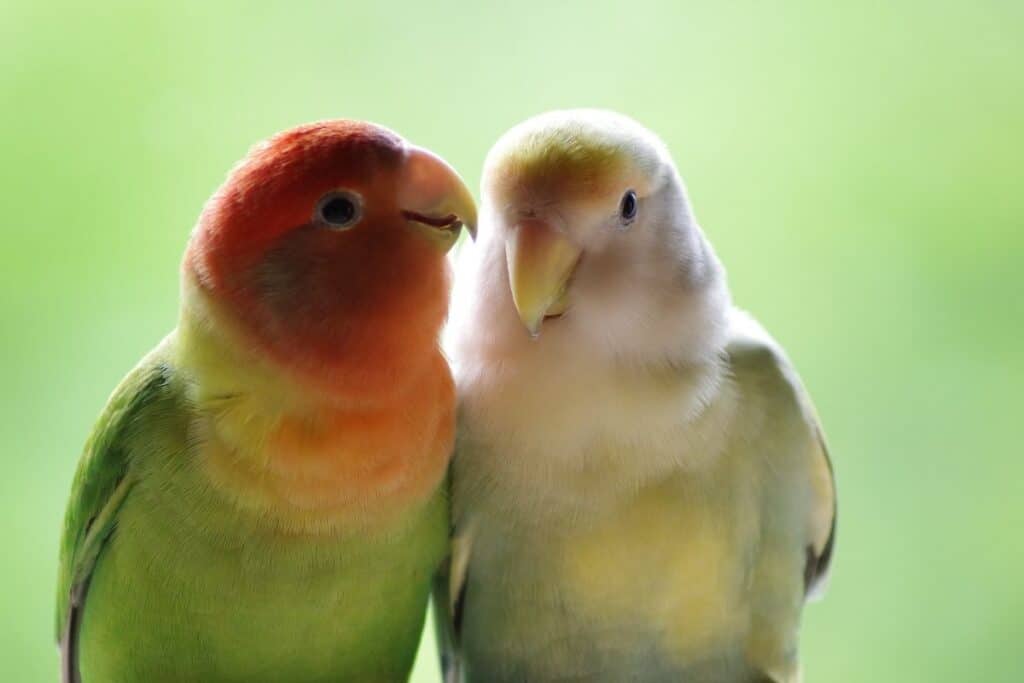
If you’re reading this, you’re probably out of your wits because your lovebirds seem to be fighting non-stop.
No worries, I’ll be helping you understand this behavior!
Here are three reasons why love birds attack each other:
1) Love Birds Are Very Territorial
Firstly, you need to understand that lovebirds are extremely territorial birds.
All birds are extremely territorial, defending their spaces in the wild.
Despite being tame for many years by humans, lovebirds still retain their territorial instincts, just like dogs that bark when neighbors walk past!
Here’s how bad it can get:
Birds in the wild typically defend their territorial spaces using the birdsongs and sounds they make.
These warn other potential rivals to avoid their spaces and mates.
In the same way, your lovebirds may still maintain this behavior, especially when they see another lovebird of the same gender.
Oh, chances are, your bird will likely be throwing things around when feeling very territorial. It’s important to understand their instincts as responsible owners.
2) Your Paired Lovebirds Are Both Female
Okay, here’s the crucial part many lovebird owners miss out on.
Lovebirds are often mistaken between their genders because they look so similar!
Many pet shops assume that a pair of birds are male and female without confirming it with their DNA.
Get this: A DNA test, known as an Avian DNA Sexing Test, is the only way you can tell a lovebird’s gender with high certainty. Guessing only leaves room for error!
Why is this so important?
This is because lovebirds of the same gender are more territorial and will attack each other with more ferocity, and sometimes to the point of death.
This is particularly seen between two female lovebirds mistaken for a male-female bonded pair for the longest time, only for their owners to find out they aren’t when they fight to the death when they hit sexual maturity.
This is known as being sexually monomorphic, which means male and female birds look the same!
And it’s also really easy to get your love birds/other pet birds tested for their sex these days.
I recommend you get your bird’s DNA tested through this kit or other means!
In other cases, even when the lovebirds you have are DNA-confirmed to be a male-female bonded pair, they may still fight occasionally.
This can be because birds are highly territorial creatures, even within their pair.
Think of it as some ‘space’ needed between partners in a relationship or marriage. Birds also need some ‘space’. Another possible reason is that when lovebirds successfully mate, they may be sensitive and become protective of their chicks.
Okay, other than early prevention, how can you stop the fighting between birds?
A simple and effective strategy that many bird owners from forums agree on would be this: Set up two separate cages to house each of the lovebirds in a pair but place them next to each other.
This allows them to communicate with each other without any physical contact.
This can prevent scratching, biting, and other aggressive behavior, allowing them some ‘space to breathe’ from each other.
3) Your Love Birds’ Nesting Behavior Is Stimulated By The Environment And Routines
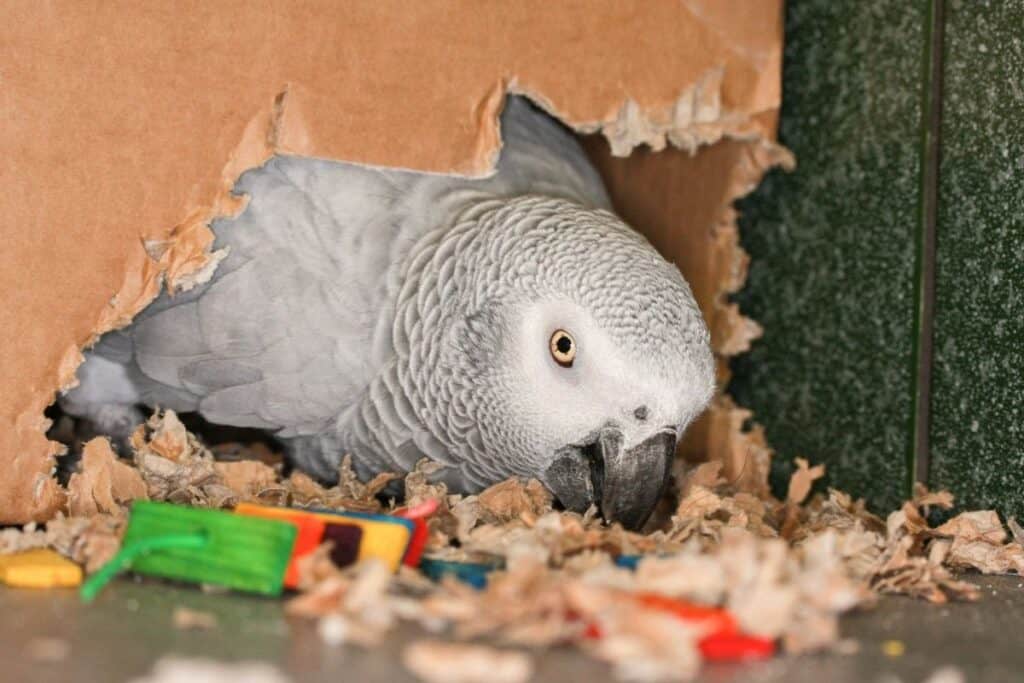
Earlier, I mentioned that love birds were very territorial.
That’s actually because it’s an instinct to begin nesting behavior and protect their nest.
A bird’s environment can really affect how cranky birds can get. Let me give you an example. When given toys, paper, or even cardboard boxes to shred, love birds can get very consumed by their nesting instincts.
This is because paper shredding is associated with birds looking for items to use for their nest, a type of nesting behavior.
This results in a more feisty mood/temper, making them more likely to bite other birds in their area or even humans.
A love bird’s routines also plays a great part in its propensity to bite or fight.
Keeping a proper routine for feeding, playing, or uncaging your lovebirds is very important!
Being late or missing a feeding time can cause birds to act up, as they may feel stressed by circumstances they cannot change.
If you want your bird to play with paper, make sure it’s safe for them to play with.
How Do I Know If My Lovebirds Are Fighting?
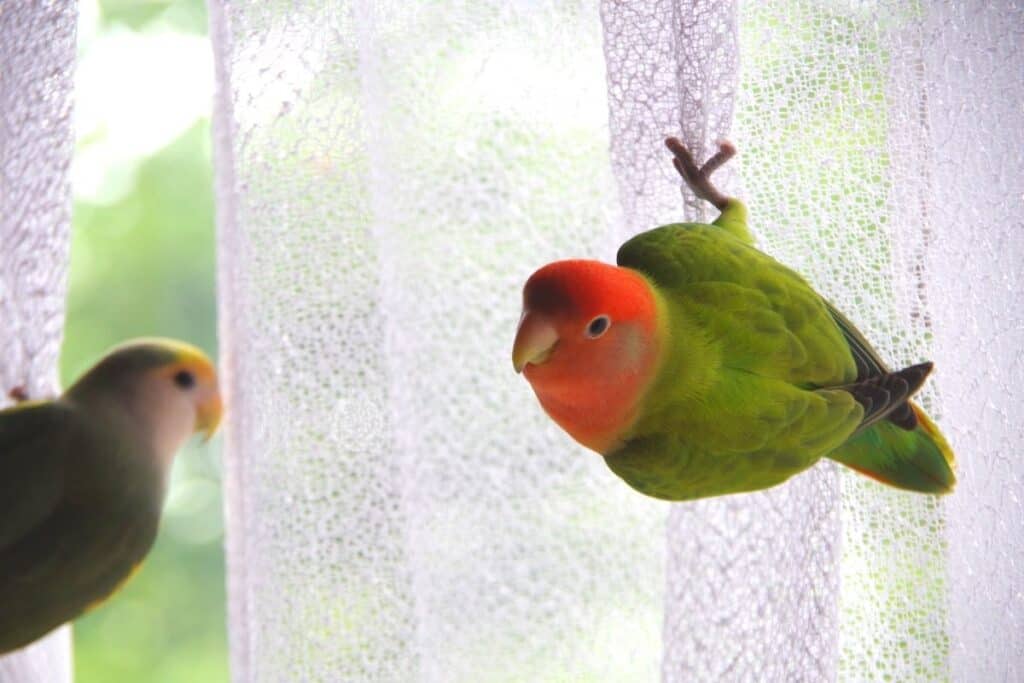
Lovebirds often fight by biting, nipping, and pecking at each other’s feet and beaks. Lovebirds usually fight when arguing over food, territory, or if they are aggressive toward another bird of the same gender. Female lovebirds are more likely to fight with other female lovebirds than male lovebirds.
However, if lovebirds gently approach each other and rub their faces against each other, they are not fighting.
Lovebirds also tend to do gentle nips with each other to show their affection. Knowing how to tell these apart takes practice!
Here’s a video example of lovebirds fighting:
Can Love Birds Kill Each Other?
Lovebirds have been known to kill each other if they aggressively attack each other. Female lovebirds are most likely to aggressively attack and kill other female lovebirds because of their territorial nature, to defend chicks, or simply because they need their own space in their shared cages.
Why Are My Lovebirds Biting Each Other’s Beaks?
Lovebirds commonly bite each other’s beaks when they are arguing over food, toys, defending chicks, territorial spaces, and when they face rivalry with another lovebird of the same gender. Female lovebirds and peach-faced lovebirds tend to bite each other’s beaks more often and aggressively.
How Long Does It Take For Lovebirds To Bond With A Human?
Lovebirds typically take about six months to a year to bond with a human. However, this duration can vary depending on the length and quality of time spent together in a favorable environment.
Why Does My Bird Bite My Mouth?
Birds like to bite human mouths and lips because of the following reasons:
- To express their desire to bond with their owner
- To indicate their desire to be fed from their parents’ beaks
- To feed their bonded mate beak to beak
- To preen their bonded mate
- To express irritation and frustration
Why Do Birds Like To Pick At Teeth?
Most birds like to pick at teeth due to these four main reasons:
- To express their desire to bond with their owner or mate
- To indicate their desire to be fed from their parents’ beaks
- To feed their bonded mate beak to beak
- To preen their bonded mate
How Long Does It Take For Lovebirds To Bond?
A pair of lovebirds typically take 2 – 21 days to bond but can take up to a year. The bonding duration of lovebirds depends on several factors, such as having similar temperaments, how young they are first introduced to each other, and whether they are moderated well to prevent aggressive fighting.
Is It Normal For Lovebirds to Bite Each Other?
It is normal for lovebirds to bite each other. Lovebirds often bite each other when they quarrel over food or space. However, lovebirds that get territorial and bite each other aggressively should be separated or allowed to mix only in a neutral location.
Can you Put 2 Male Lovebirds Together?
Two male lovebirds can be put together because males tend to be much less aggressive to each other than female lovebirds. However, the two male love birds must be introduced to each other gradually, from a young age, bonding in a common location and eventually with a sufficiently sized cage.
Can You Put 2 Female Lovebirds Together?
Two female lovebirds should not be put together in the same cage. Female lovebirds tend to get territorial when defending their chicks or rivaling other lovebirds of the same gender. Female lovebirds should only interact in a common location if they have good temperaments.
Can Lovebirds Hurt Each Other?
Lovebirds can hurt each other if they aggressively attack each other for long periods. Two female lovebirds can have territorial issues and hurt each other badly – sometimes causing death. Peach-faced lovebirds are known to be more likely to hurt each other than other breeds.
Can You Put Different Types of Lovebirds Together?
Different types of lovebirds can be put together in a common location to interact. However, the different lovebirds must be separated in their cages when they sleep as they are very territorial. Female lovebirds are known to be more territorial and fight with each other more often than male lovebirds.
Can 2 Pairs Of Lovebirds Live Together?
Two pairs of lovebirds can live together in a common location for play but should be kept in separate cages when they sleep. Lovebirds can be very territorial, and one pair may fight with lovebirds of the same gender in the other pair.
Can You Have 3 Lovebirds Together?
Three lovebirds can live together in a common location for play but should be kept in separate cages when they sleep. Lovebirds can be very territorial and may fight with lovebirds of the same gender. Male lovebirds are more tolerant of living together than female ones because they are less aggressive.
Can I put 4 Lovebirds Together?
Four lovebirds can live together in a common location for play but should be kept in separate cages when they sleep. Lovebirds can be very territorial, and one pair may fight with lovebirds of the same gender in the other pair. Male lovebirds may be more tolerant of living together in a group of 4.
Can You Tame A Pair of Lovebirds?
A pair of lovebirds can be tamed over time, taking up to 6 months to a year to bond with humans. Lovebirds need extra care and quality time over long periods before they trust and show affection to their owners.
Do Two Male Lovebirds Fight?
Two male lovebirds fight if they are quarreling over food, space, or territory. However, male lovebirds are less territorial, so they fight with much less aggression and less frequency than female lovebirds.
Can Two Male Lovebirds Pair?
Two male lovebirds cannot pair. Only two lovebirds of the opposite gender, one male and one female, can be bonded in a pair. However, two male lovebirds can still be placed in the same cage together.
Why Are My Male and Female Lovebirds Fighting?
Male and female lovebirds can fight for several reasons: (1) Food, (2) Territorial Space, (3) Defending Chicks, and (4) when the bonded pair is not DNA-confirmed to be a male-female pair. Owners often mistake their female-female pairs to be male-female, leading to aggressive fighting.
Are My Lovebirds Playing or Fighting?
If lovebirds are lightly nipping at each other’s beaks, they will likely be playing instead of fighting. When lovebirds fight, they bite, nip, and peck at each other’s beaks, feet, and feathers. Female lovebirds are more likely to be aggressive and fight instead of play with each other.
Why Do Lovebirds Bite Each Other’s Feet?
Lovebirds bite each other’s feet to show their dominance and establish their territory in their caged locations. Lovebirds are territorial, and biting each other’s feet is a way they protect their territory from other birds, especially among female lovebirds.
How Do You Stop A Female Lovebird From Biting?
You can stop female lovebirds from biting by not intruding into their territorial space during their breeding season. Other ways include speaking softly, removing items that cause nesting behavior, creating a soothing environment for the bird, and learning how to read a bird’s body language.
If you want to learn more, I encourage you to read this super great resource I found online.
The site covers the different hormonal behaviors that a bird can go through and how to read its body language.
Final Thoughts
So now you know a lot about lovebirds and how they often fight each other. Hopefully, you would have learned a lot from reading this article.
I had fun and learned a lot from researching for this article!
Thanks for reading, and happy birding!
My Recommended Birding Resources:
Hey there, Justin here!
Here’s a list of all my favorite resources, products, and brands I trust and love.
My Celestron Nature DX 8×42 Binoculars: It’s a great budget pair for beginner birders. Highly valued for its price! Read my review.
Safe Paint for Bird Baths Guide: Learn about non-toxic paint for painting bird baths.
Safe Sealers for Bird Baths Guide: Learn which sealers are safe for bird baths.
Safe Paint for Bird Feeders Guide: Learn what special care needs to be taken to paint bird feeders with the right paint.
Safe Paint for Birdhouses Guide: Learn about non-toxic paint for painting birdhouses. (Not the same as bird baths!)
Bird Identification Apps Guide: 2 of my favorite birding apps are Merlin Bird ID, and eBird Mobile! Merlin is great for tracking and identifying birds, and eBird Mobile is great for tracking the birds sighted when birding.
Check out my resources page for the full list of resources I recommend!

Justin Chia
Justin is the founder and author of Birding Outdoors. He is a Nanyang Technological University (NTU) alumnus with a Bachelor of Biological Sciences and a former data analyst.
Now, Justin runs the Birding Outdoors blog full-time, hoping to share his deep love for birds, birding, and nature with others.
To unwind, Justin enjoys gaming and reading.


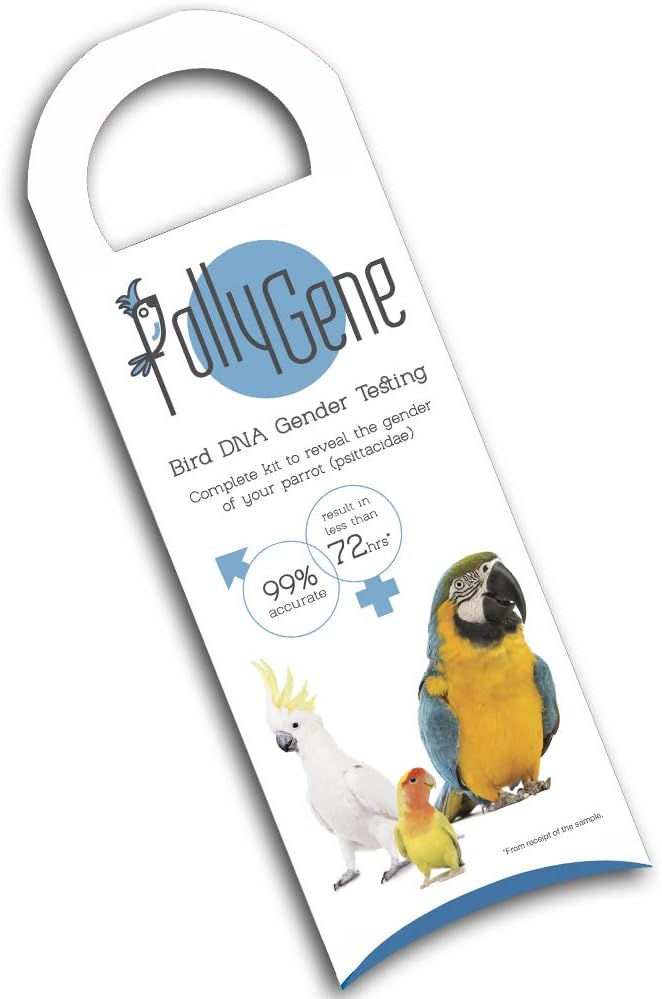
![How Deep Should A Bird Bath Be? [ANSWERED! + FAQs]](https://birdingoutdoors.com/wp-content/uploads/2021/10/bird-bath-deep-5-768x512.jpg)
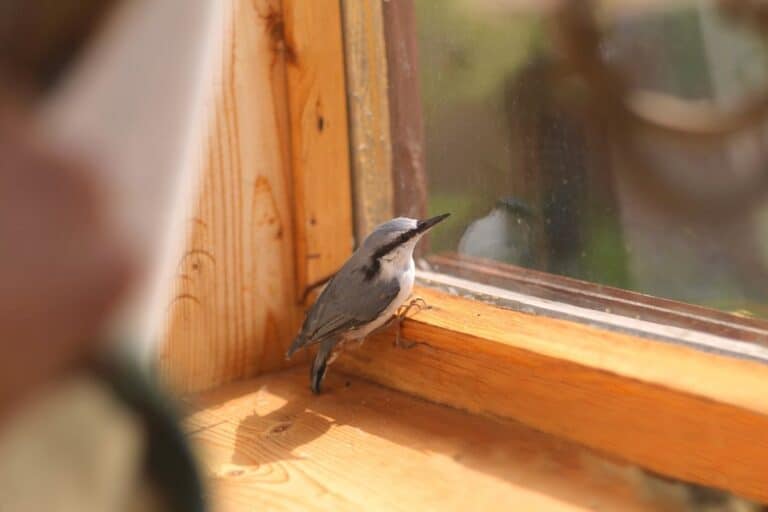
![Do Birds Prefer Flying Or Walking? [ANSWERED!]](https://birdingoutdoors.com/wp-content/uploads/2021/07/bird-walking-instead-of-flying-768x512.jpg)
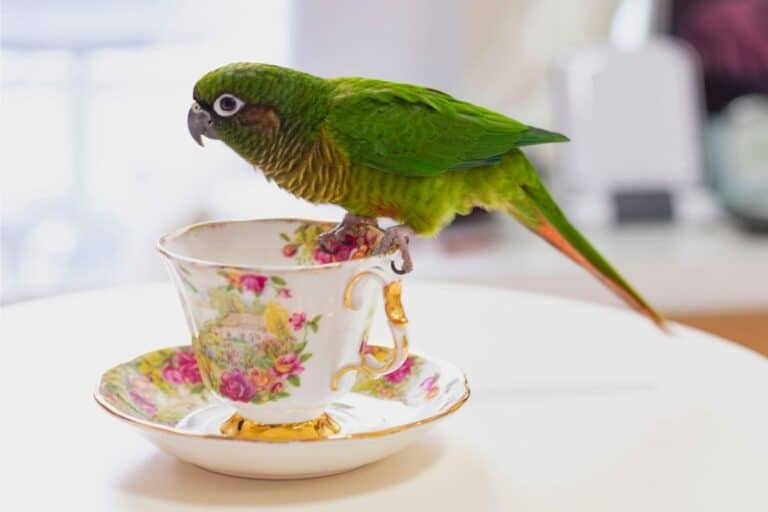
![Why Do Birds Like To Pick At Teeth? [ANSWERED! + FAQs]](https://birdingoutdoors.com/wp-content/uploads/2021/07/bird-pick-at-teeth-768x512.jpg)